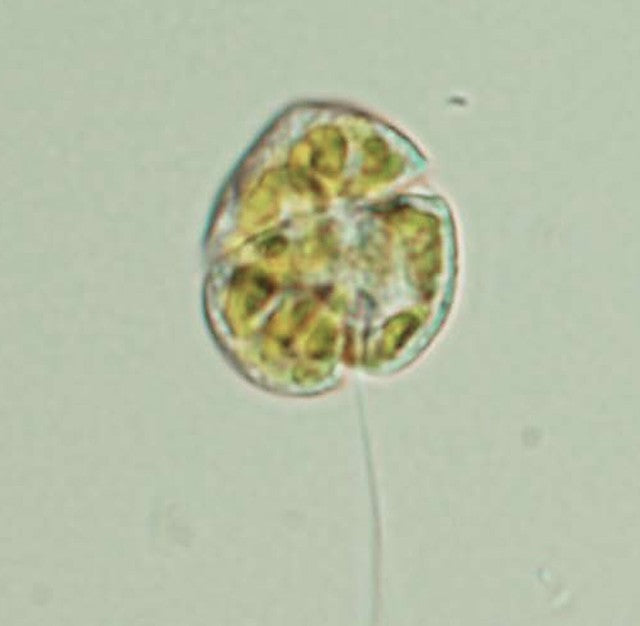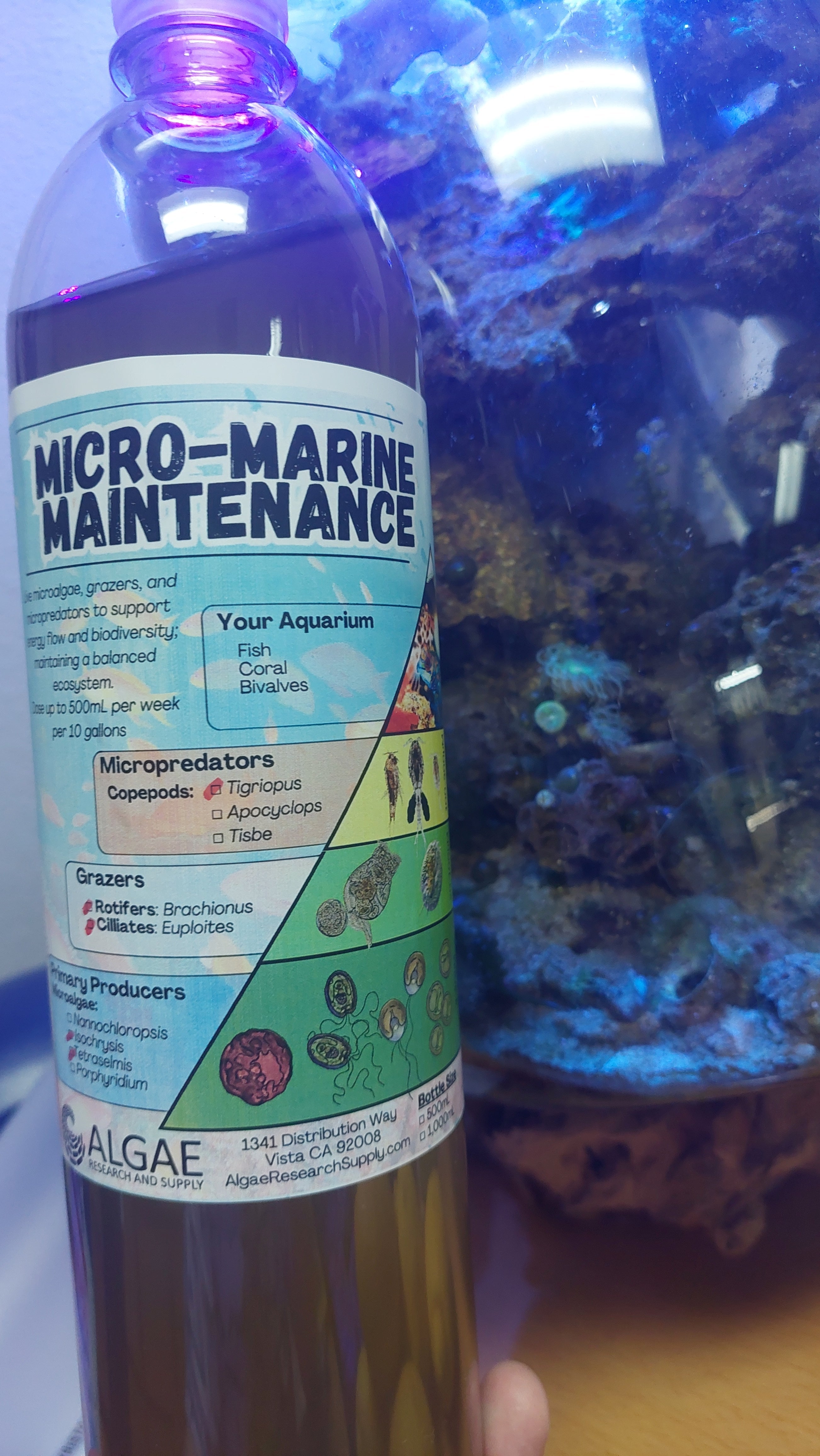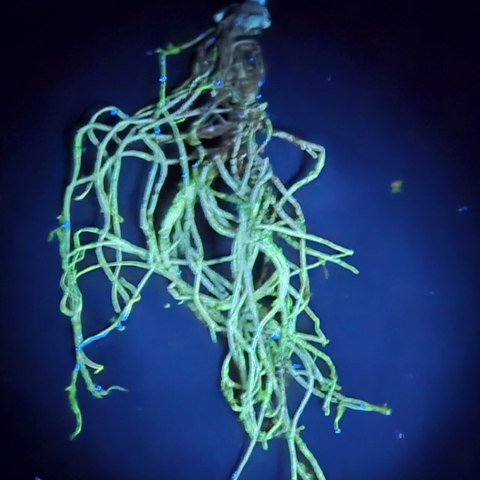News
- All
- algae
- algae biofuel
- algae bloom
- algae culture kit
- alkali water
- arthrospira
- can you eat fresh algae?
- carbon dioxide
- climate change
- International space station
- ionized water
- Kangen water
- Lipid extraction
- Micro Marine Maintenance
- Microplastics
- oil spill
- phosphate
- Photosynthesis
- pigment extraction
- Porphose
- research projects
- Science Blog
- science fair
- secchi disk
- space algae
- Spirulina
- toxic algae
- voucher
Algae Bloom 1/3 the size of Florida Found in Australia
San Diego gets a Climate Change Enhanced "The Birds" Algae Bloom with Diatoms making a Toxin
What’s Cooking at ARS: Introducing Porphose, a New Spin-Off Using Porphyridium for Skin Health
From Microscope to Moisturizer: Porphyridium in the Classroom and to Human Health
Show off your culture setup!!!
Student Spotlight: Rowan Suit Investigates Microplastics in Food
Coral Reefs: Top Five Microalgae for Coral Reefs











